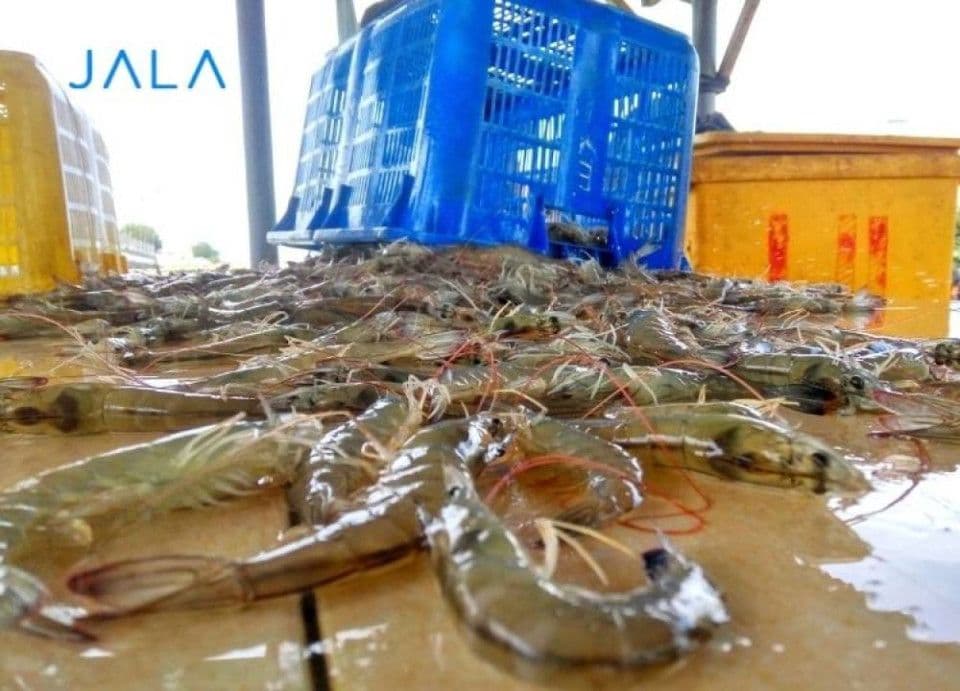
Applying for Good Fish Handling Practices certification according to the procedure
The advancement of information and trade, as well as the tendency toward efficiency in all areas, have created a demand for quick and effective certification services to support and develop exports of Indonesian fishery products. Transparency and product traceability must also be adopted and integrated into the fishing product certification system. Process assurance is the keyword for the global community's needs and acceptance of safe-to-eat food, including fishery products. As a result, all countries that export fishery goods, including Indonesia, must comply with importing countries' requirements for quality assurance and security of fisheries products. This is clearly reflected in the health certificate that comes with every exported product. Therefore, the health certificate serves as an authentic guarantee.
The purpose of Good Fish Handling Practices certification
To support the activities of Quality Assurance and Safety of Fishery Products from upstream to downstream, certification at the upstream level (supplier unit), including shrimp suppliers, is required. This certificate can only be issued for fishery products that have met the requirements for quality assurance and safety of fishery products at the supplier unit, as specified in the Decree of the Minister of Marine Affairs and Fisheries Number 52A/KEPMEN-KP/2013 regarding the Requirements for Quality Assurance and Safety of Fishery Products in the Process of Production, Processing, and Distribution, one of which is the certificate of Good Fish Handling Practices or Cara Penanganan Ikan yang Baik (CPIB). However, until this article was written, the requirement for every supplier to receive Good Fish Handling Practices certification had not been incorporated into the Implementation of Risk-Based Business Licensing through the Online Single Submission (OSS) System.
To ensure that a supplier unit complies with the requirements of Standard Sanitation Operating Procedure (SSOP), Good Manufacturing Practices (GMP), and a Quality Assurance and Fishery Product Safety System based on the concept of the Integrated Quality Management Program or Program Manajemen Mutu Terpadu (PMMT)/Hazard Analysis and Critical Control Point (HACCP), the Competent Authority, in this case the Head of Fish Quarantine, Quality Control, and Fishery Product Safety, controls through inspection on supplier units.
The requirements are as follows:
| SSOP Requirements | GMP Requirements |
| a. water and ice safety; | a. location; |
| b. condition and cleanliness of surfaces in contact with food; | b. building; |
| c. prevention of cross contamination; | c. equipment and supplies; |
| d. maintain handwashing, sanitation, and toilet facilities; | d. worker; |
| e. protection from contaminants; | e. handling and processing; |
| f. pelabelan, penyimpanan, dan penggunaan bahan kimia berbahaya; | f. packing and labeling; and |
| g. supervision of the health and hygiene conditions of employees; and | g. loading. |
| h. pest control. | |
Application procedure for Good Fish Handling Practices certificate
If suppliers want to obtain a Good Fish Handling Practices certificate, they must submit a written application to the Head of the Technical Implementation Unit for Fish Quarantine, Quality Control, and Fishery Product Safety or Unit Pelaksana Teknis Karantina Ikan, Pengendalian Mutu, dan Keamanan Hasil Perikanan (UPT KIPM) by attaching:
a. Business Registration Number or Nomor Induk Berusaha (NIB);
b. Suppliers who handle fishery products attach guidelines for implementing Good Fish Handling Practices that have been validated by business actors, and at least contain:
- product description;
- flowchart of the handling process;
- SSOP;
- GMP procedures; and
- SSOP and GMP application forms.
The process of receiving the application, inspecting it, and issuing or rejecting Good Fish Handling Practices certificate takes no more than 10 (ten) working days from the date of receipt of a complete application. After being issued, the period of the Good Fish Handling Practices sertificate for suppliers is 4 (four) years, and an extension can be granted for the same period of time.
Source
Decree of the Head of the Fish Quarantine, Quality Control, and Safety of Fishery Products Number 40 of 2021 concerning Technical Instructions for Issuing Certificates on Good Fish Handling Practices at Suppliers and Certificates on Good Fish Processing Practices at Suppliers; and
An interview with Mr. Halim from the Center for Fish Quarantine, Quality Control, and Safety of Fishery Products Yogyakarta on April 21, 2022.
About the author
The author is a Corporate Legal at JALA.





